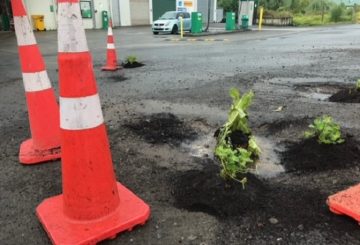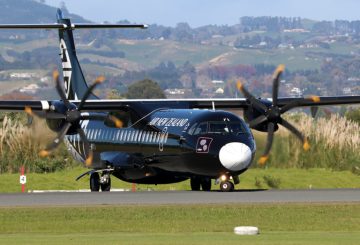新西兰将捐赠近1,900万美元,以支持亚洲湿地地区面临气候变化挑战的人们。该举措旨在防止这些人口需要搬迁。
这些资金被指定用于亚洲超级三角洲项目。该计划侧重于在柬埔寨和越南的湄公河、缅甸的伊洛瓦底江以及孟加拉国和印度的恒河-布拉马普特拉-梅格纳河等地区培育抵御气候变化的农业系统。
新西兰外交部长纳奈亚·马胡塔(Nanaia Mahuta)表示,必须开展创新的合作努力,以应对气候变化的影响和减少区域排放。
这笔捐款是新西兰2021年气候融资基金的一部分,该基金已拨出13亿美元。该基金优先考虑南亚和东南亚的气候行动。马胡塔解释说,这些资金将在个体农场层面提供帮助,提供建议,并在更广泛的系统层面提供融资渠道。
亚洲的湿地地区居住着超过1.7亿人口,马胡塔形容他们特别容易受到气候变化的影响。缺水、猛烈气旋和海平面急剧上升等问题正威胁着这些居民的安全。
本周早些时候,新西兰还承诺向印度尼西亚的地热能源计划提供1,560万美元,以支持该国实现其可再生能源目标。
在雅加达参加东盟会议期间,马胡塔谈到了她在新西兰及周边地区观察到的气候变化的明显影响。她强调迫切需要加强支持和合作努力,以应对气候变化的全球威胁。
值得注意的是,地球正在经历有记录以来的最高温度。最近的数据突显了异常温暖的海洋、北大西洋的高温以及南极洲周围创纪录的低海冰位
。






























































